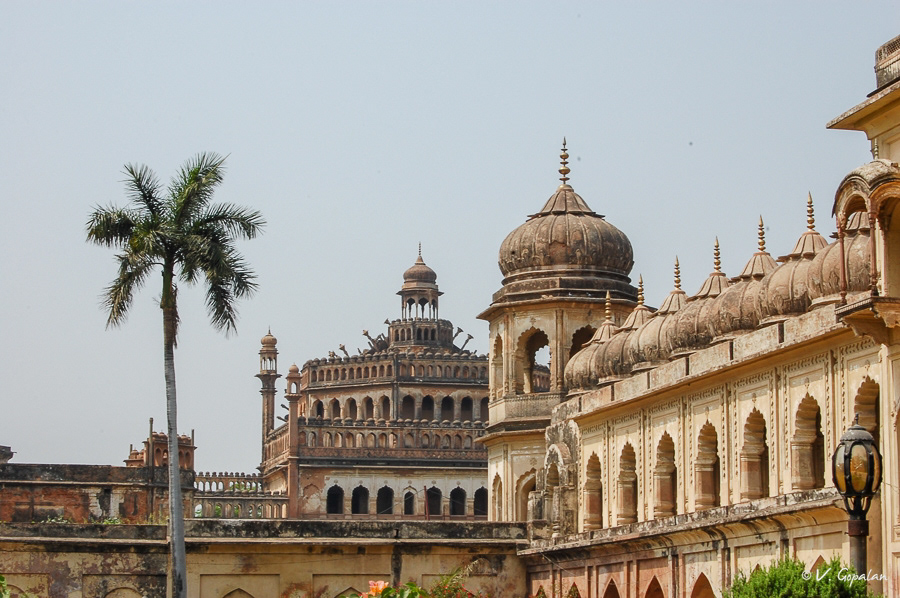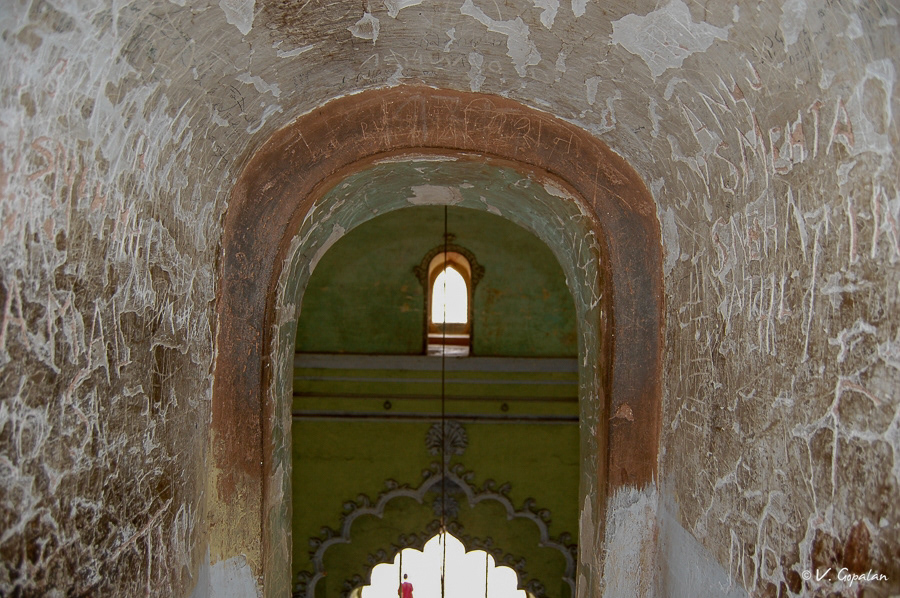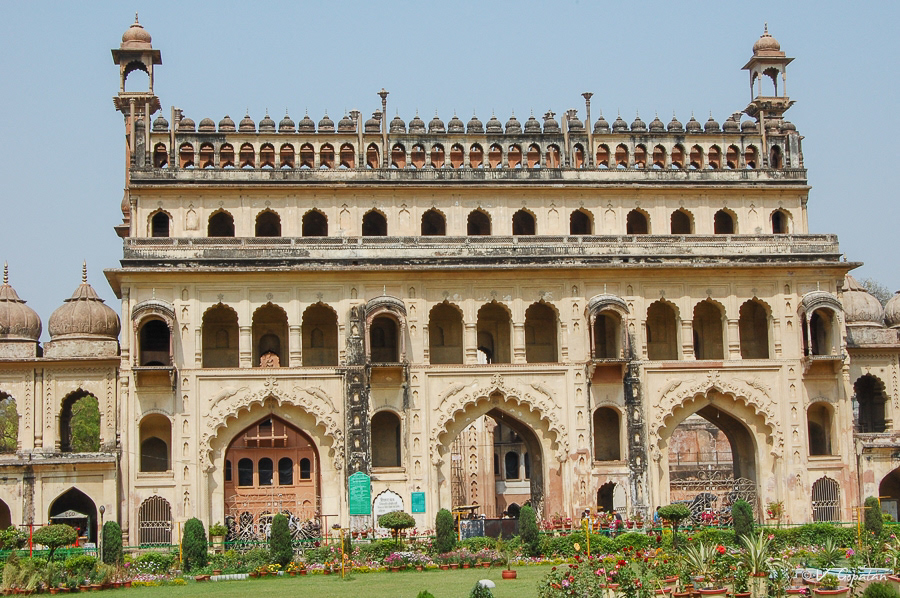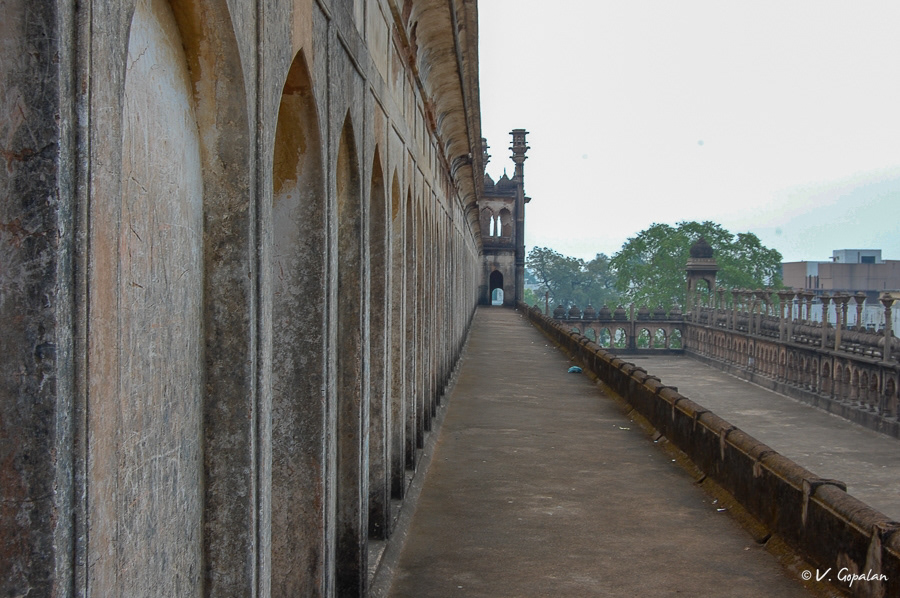The province of Awadh was struck by a famine of an unprecedented scale in 1784. It was so severe that it affected both the common man and the nobles. They were reduced to poverty and many had nothing to eat. At that time emperor of Awadh, Nawab Asaf-ud-Daula, came up with a novel way of generating employment for the rich and the poor alike. He got a grand prayer hall designed by a Delhi architect Kifayatullah and laid the foundation of the most ambitious building of the province, the Bara Imambara.
It is believed that the Nawab employed more than 20,000 men for the construction of the complex which comprised both the noble and the common man. The construction and the famine lasted eleven years and resulted in a striking building of unprecedented scale called Asafi Imambara, a place of worship for the Shia sect of the Muslims, which is primarily used during the mourning month of Muharram. Today Bara Imambara stands quietly in old Lucknow oblivious to the chaos around it!




























